Health and Medicine
Explore Health and Medicine
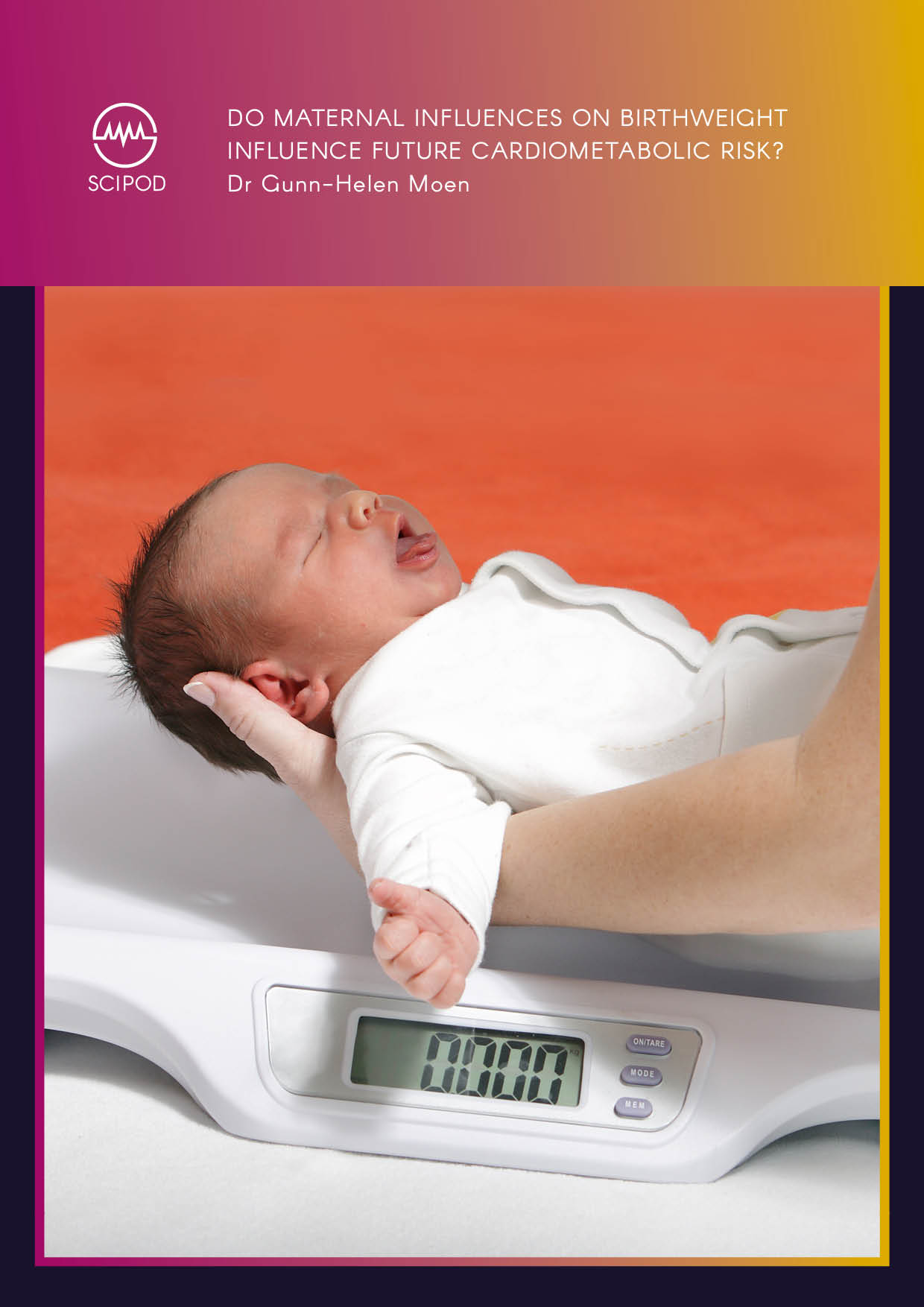
Do Maternal Influences on Birthweight Influence Future Cardiometabolic Risk? | Dr Gunn-Helen Moen
Adverse environmental factors in the mother’s womb and/or during the first years of life have traditionally been thought to be responsible for an increased risk of cardiometabolic disease for children later in life. Dr Gunn-Helen Moen [MO-en] at the University of Oslo in Norway and her collaborators used sophisticated statistical and genetic techniques to identify whether there is a causal effect of environmental factors that influence intrauterine growth on future cardiometabolic risk in the child. Their results were surprising but important.
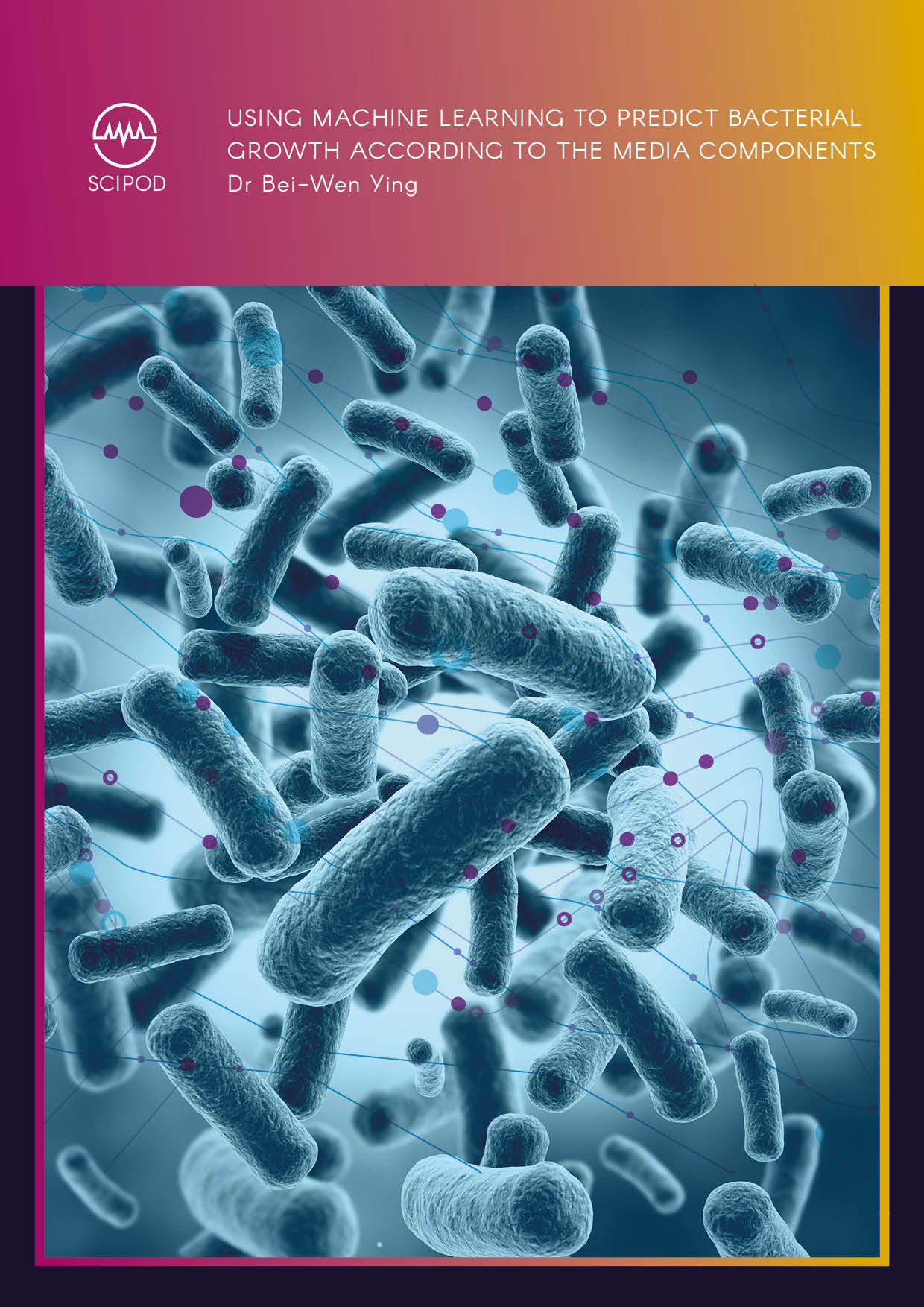
Using Machine Learning to Predict Bacterial Growth According to the Media Components | Dr Bei-Wen Ying
Bacterial growth depends on the complex interactions of a multitude of chemical components. Microbiologists have long attempted to predict bacterial growth according to culture media components, and have employed a variety of mathematical and computational models to this end. Dr Bei-Wen Ying and her colleagues at the University of Tsukuba, Japan, successfully applied machine learning to understand the contribution of media culture components to bacterial growth. Their work makes a significant contribution to growth prediction and demonstrates that machine learning can be employed in the exploration of the complex dynamics that regulate living systems.
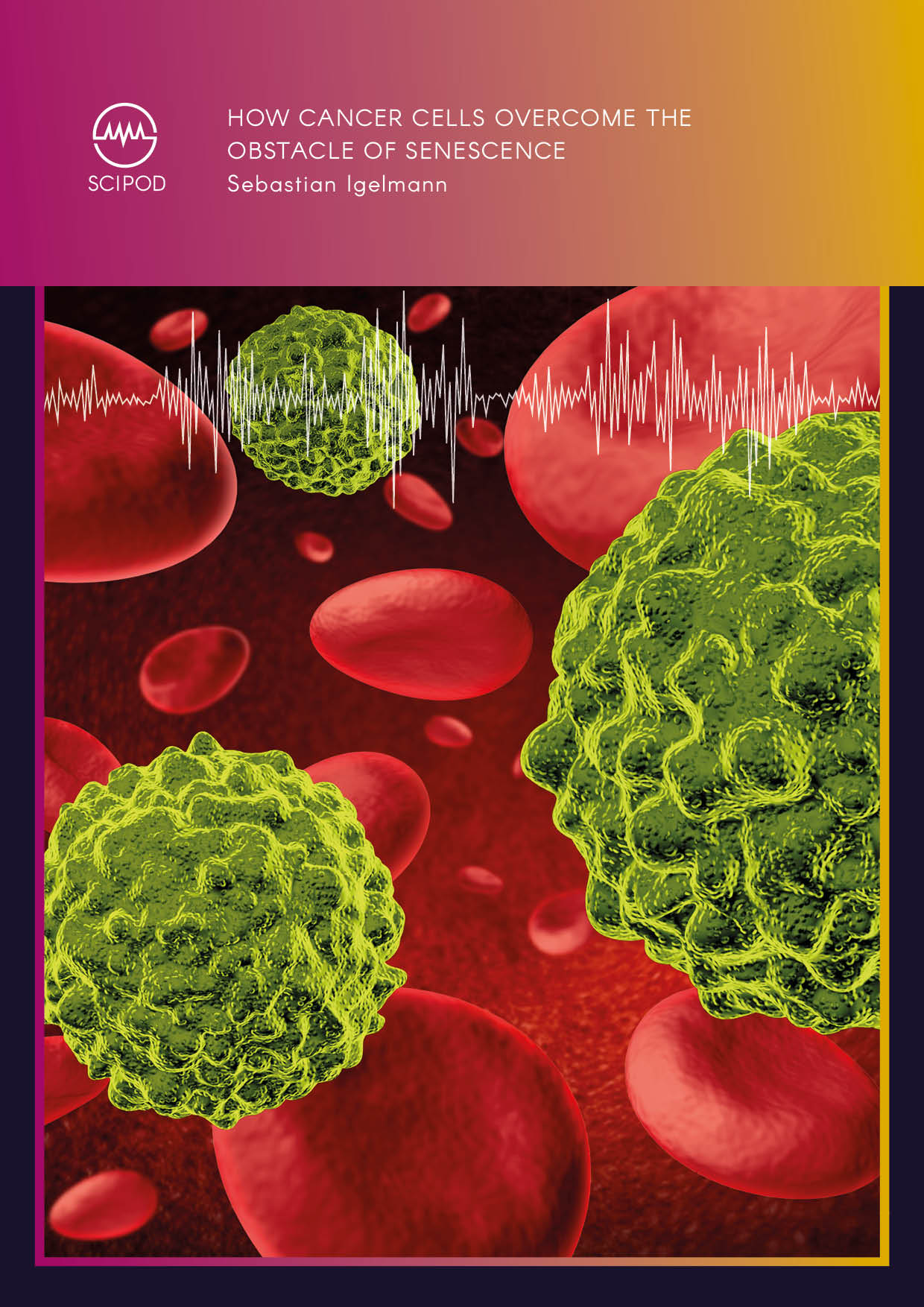
How Cancer Cells Overcome the Obstacle of Senescence | Sebastian Igelmann
Cellular senescence [suh-NEH-Sns] is the process by which cells age and permanently stop dividing but do not die. While the process of senescence creates a barrier to tumour formation, it can still be overcome by cancer cells. Sebastian Igelmann, a PhD student supervised by group leader Dr Gerardo Ferbeyre at the University of Montreal, has identified a group of enzymes that work together to reprogramme cellular metabolism. This work provides important insight into how tumour cells may initiate proliferation and circumvent senescence. Critically, this specialist group of enzymes provides a potential therapeutic target for human cancer treatment.
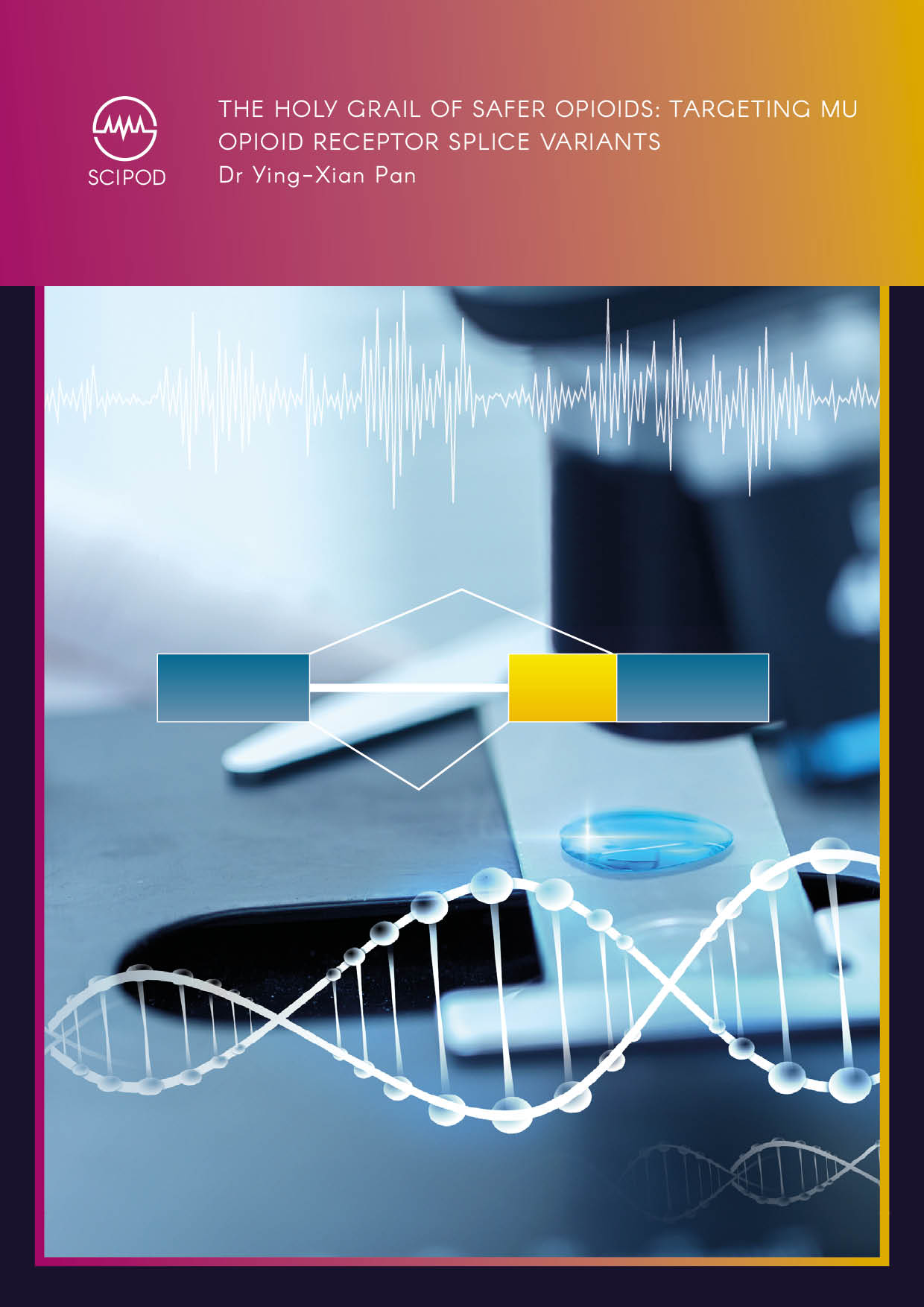
The Holy Grail of Safer Opioids: Targeting Mu Opioid Receptor Splice Variants | Dr Ying-Xian Pan
Despite their numerous side effects, opioid drugs and morphine-like agents have remained a pillar in the medical management of pain. Most clinically used opioid drugs act through mu opioid receptors. Dr Ying-Xian Pan and his team from the Rutgers New Jersey Medical School, USA, studies the molecular and cellular mechanisms of mu opioid receptors and aim to develop novel strategies and opioid analgesics for better treating pain without side effects associated with traditional opiates. Efforts to find substitutes for traditional opioid drugs are helping address the opiate abuse crisis that affects many countries around the globe.
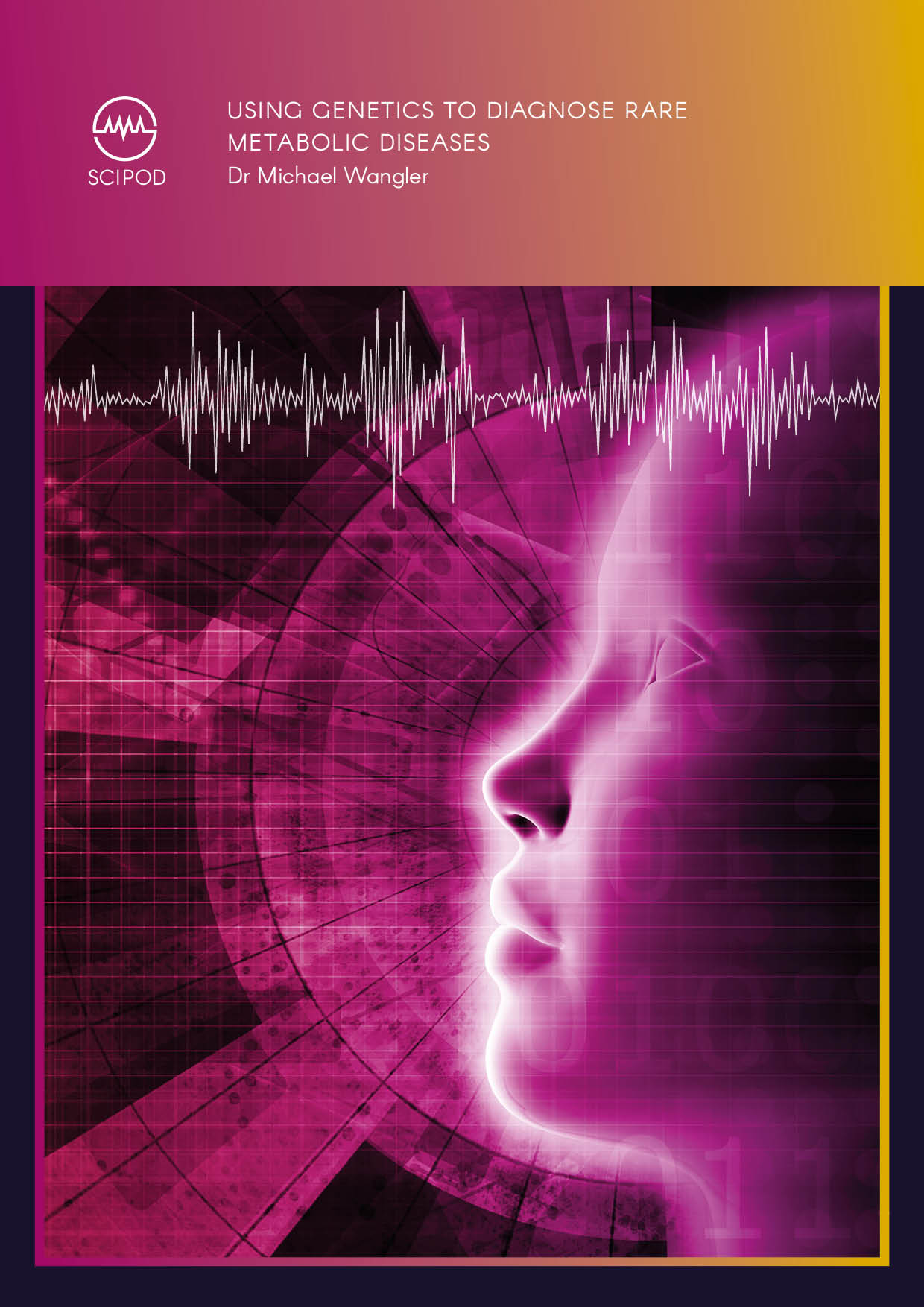
Using Genetics to Diagnose Rare Metabolic Diseases | Dr Michael Wanger
Identifying the cause of an illness in a sick baby or child is not always easy, particularly if the disease is rare. Throughout his career, Dr Michael Wangler, at the Baylor College of Medicine and Jan and Dan Duncan Neurological Research Institute, has investigated rare childhood diseases. Combining his expertise in paediatrics and genetics, Dr Wangler utilises genomics, metabolomics and the humble fruit fly to identify the genes responsible for rare and undiagnosed diseases to improve both diagnosis and treatment.
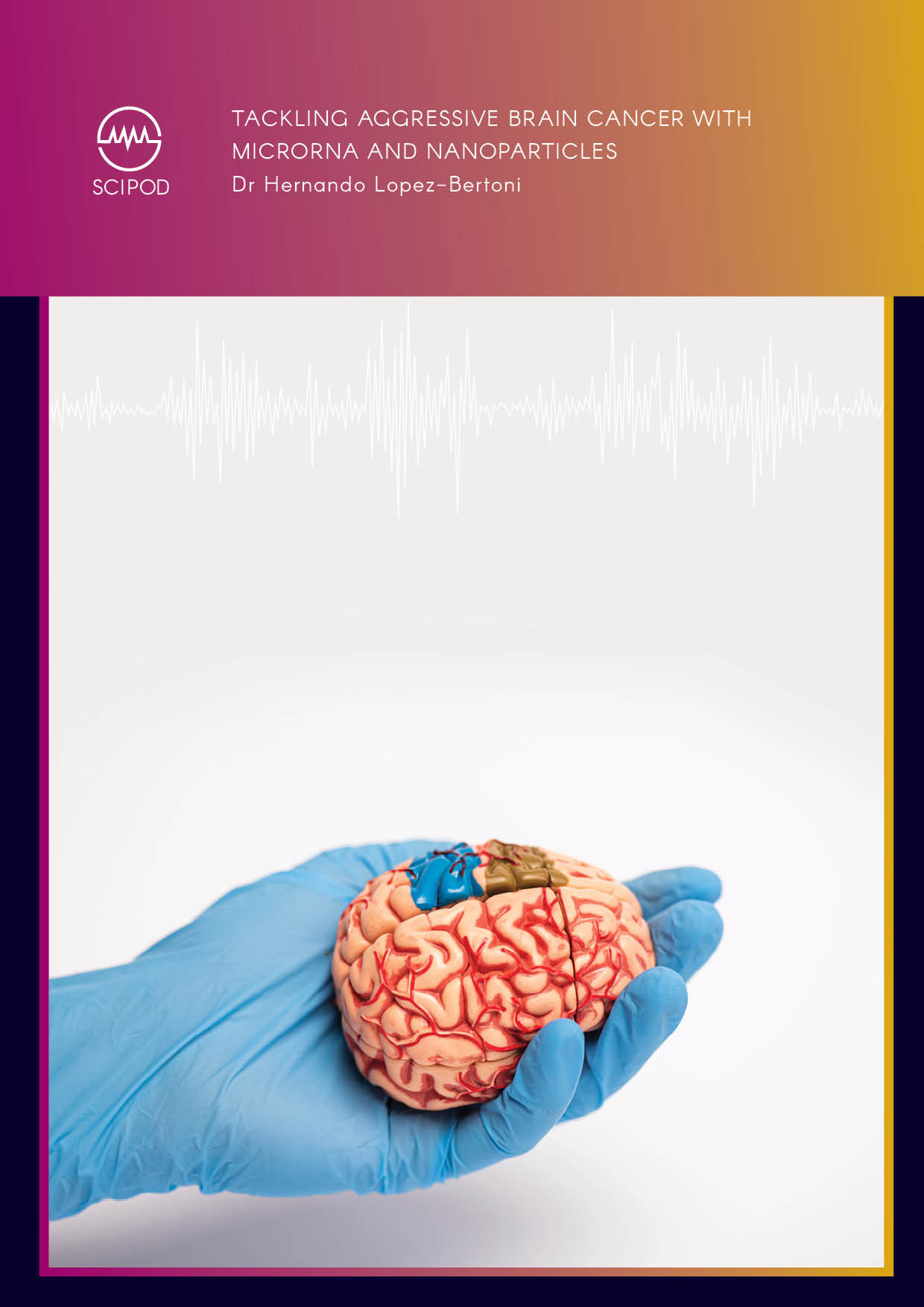
Tackling Aggressive Brain Cancer With MicroRNA and Nanoparticles | Dr Hernando Lopez-Bertoni
Glioblastoma multiforme is an aggressive and life-threatening form of brain cancer. Although some treatments are available to provide comfort and prolong life, it remains an incurable and devastating disease. With the goal of advancing diagnostics and treatments for glioblastoma, Dr Hernando Lopez-Bertoni is carrying out exciting research at the Johns Hopkins University School of Medicine. Taking on board the cancer stem cell hypothesis, Dr Lopez-Bertoni has made fascinating discoveries into how miRNA genetic material can be utilised and how it could be delivered to the brain via nanoparticles.
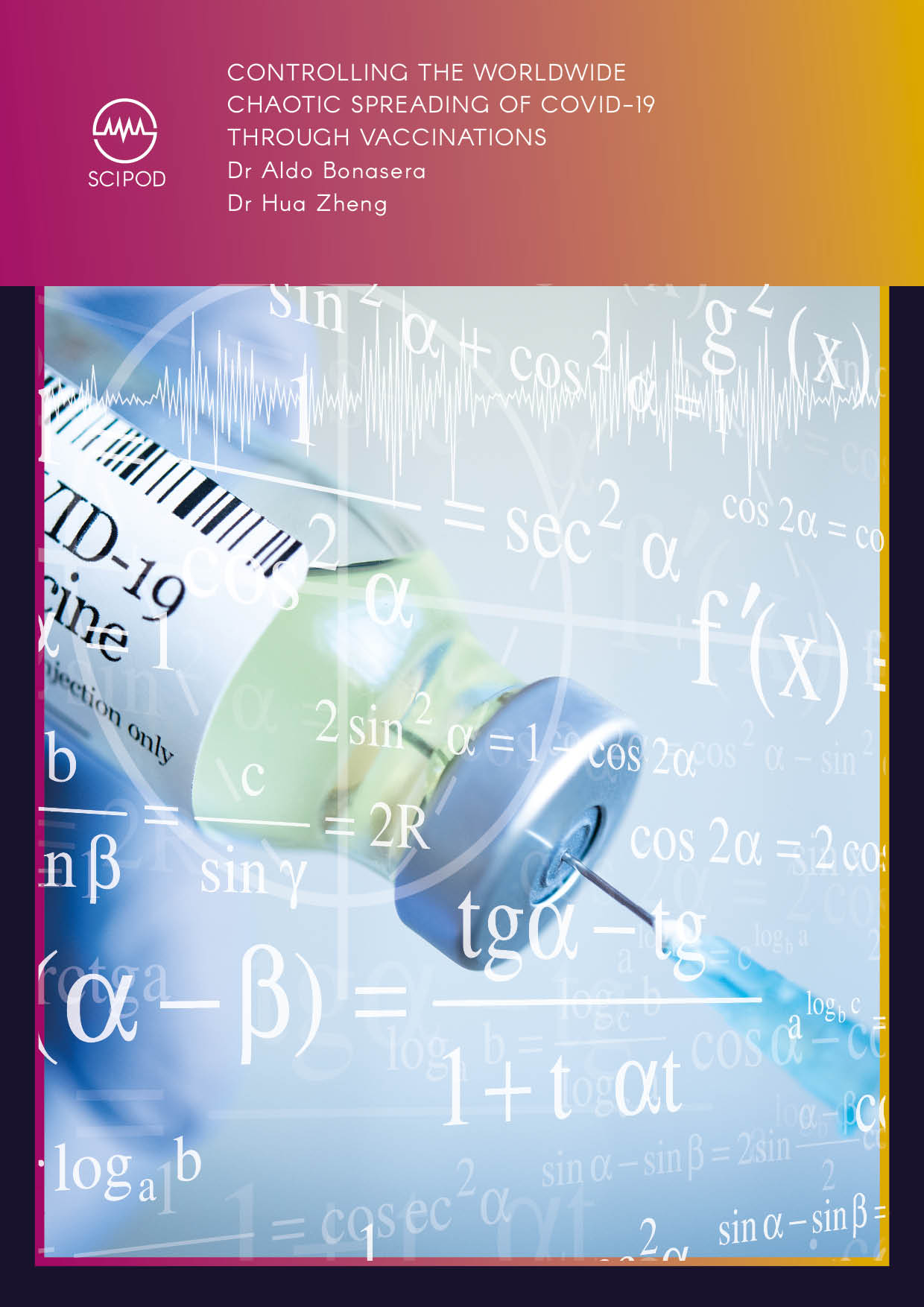
Controlling the Worldwide chaotic Spreading of COVID-19 Through Vaccinations | Dr Aldo Bonasera
Amid the global COVID-19 pandemic, we face challenges that require innovative and strategic responding. Dr Aldo Bonasera at Texas A&M University in the USA and Laboratori Nazionali del Sud, Istituto Nazionale di Fisica Nucleare in Italy, and Dr Hua Zheng at the School of Physics and Information Technology, Shaanxi Normal University in China, have taken a mathematical approach to compare the current COVID-19 pandemic with the Spanish Flu. Their findings have led to important recommendations for managing the current pandemic through vaccination programmes.
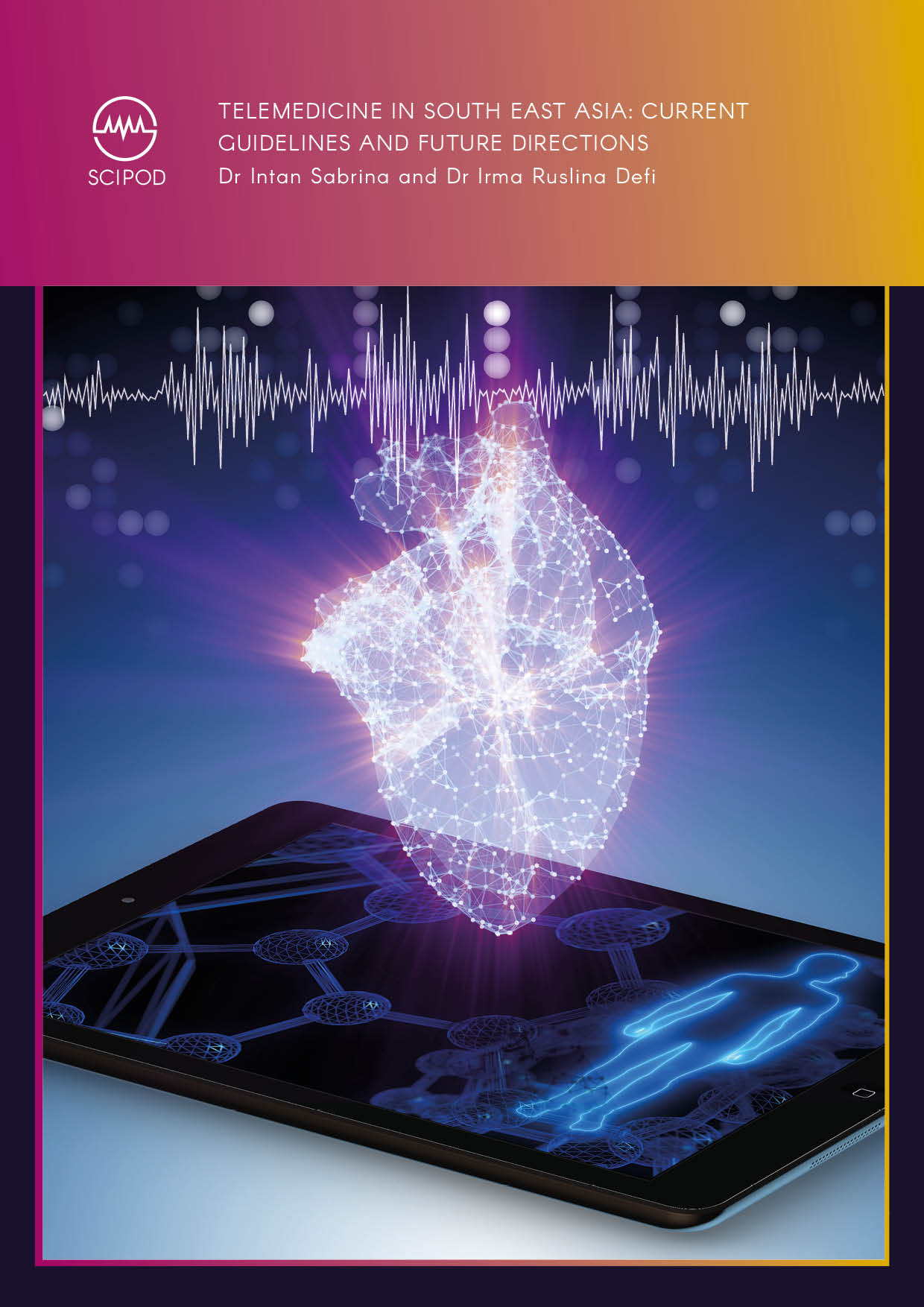
Telemedicine in South East Asia: Current Guidelines and Future Directions
SciPod · Telemedicine in South East Asia: Current Guidelines and Future DirectionsSciPod · 东南亚的远程医疗: 当前指导方针与未来方向Original Article Reference This SciPod is a summary of...
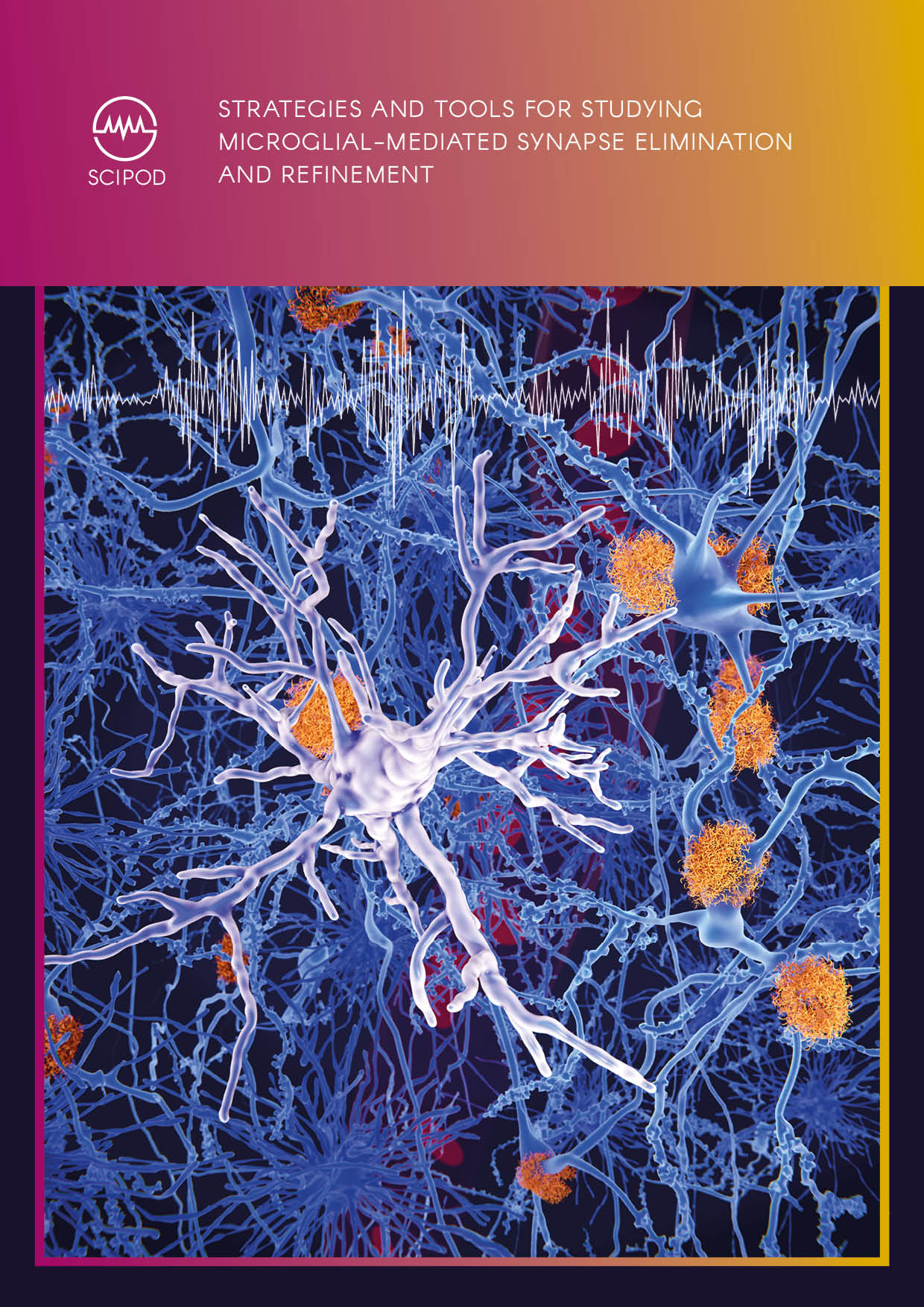
Strategies and Tools for Studying Microglial-Mediated Synapse Elimination and Refinement
SciPod · Strategies And Tools For Studying Microglial - Mediated Synapse Elimination And RefinementOriginal Article Reference This SciPod is a summary of the paper...

The Benefits Of A High – Protein Diet Across The Lifespan – Dr Jamie I. Baum, University Of Arkansas
SciPod · The Benefits Of A High - Protein Diet Across The Lifespan - Dr Jamie I. Baum, University Of ArkansasOriginal Article Reference This SciPod is a summary of the...
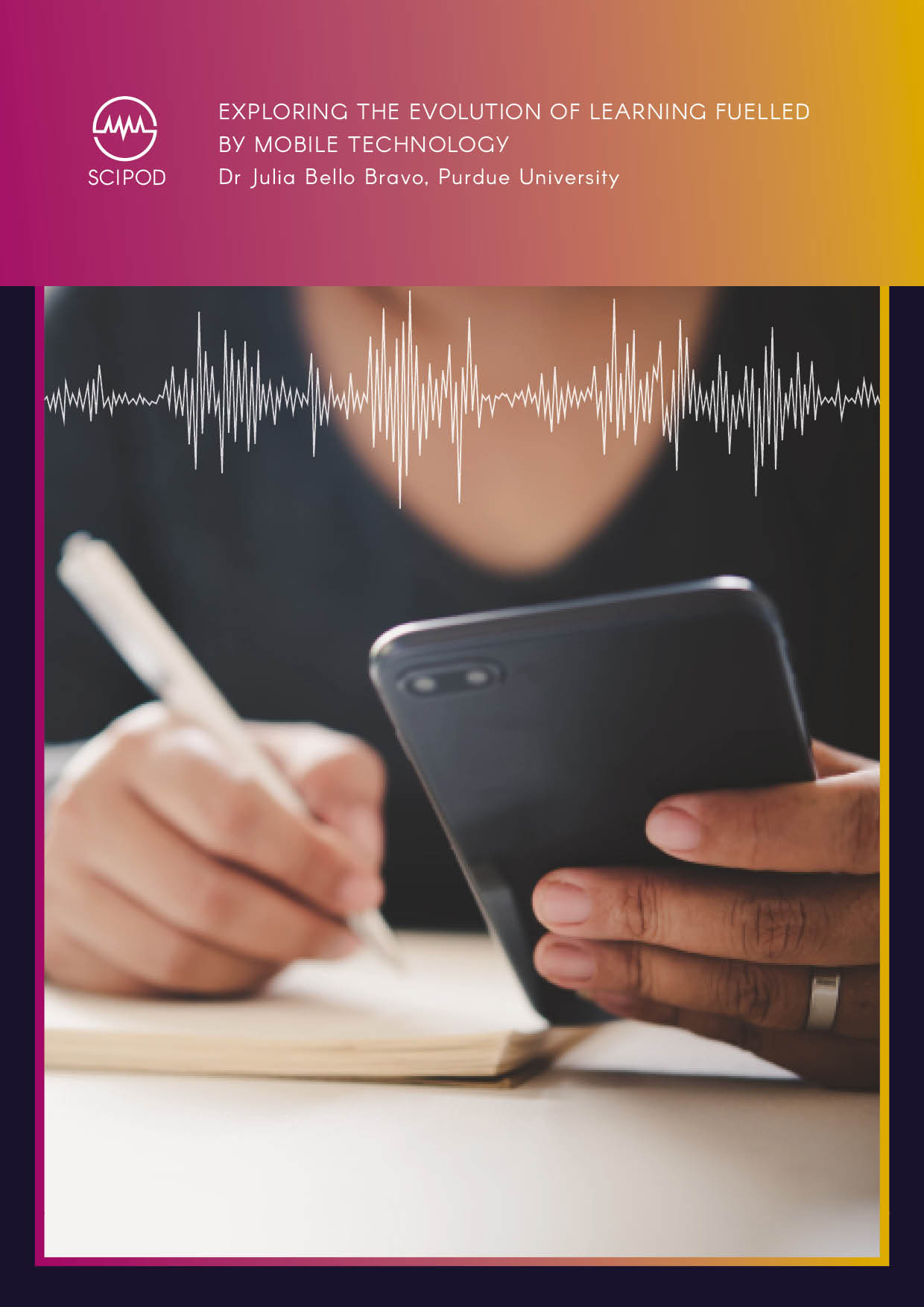
Exploring the Evolution of Learning Fuelled by Mobile Technology – Dr Julia Bello Bravo, Purdue University
SciPod · Exploring the Evolution of Learning Fuelled by Mobile TechnologyOriginal Article Reference This SciPod is a summary of the paper ‘Breaking out: the turning...
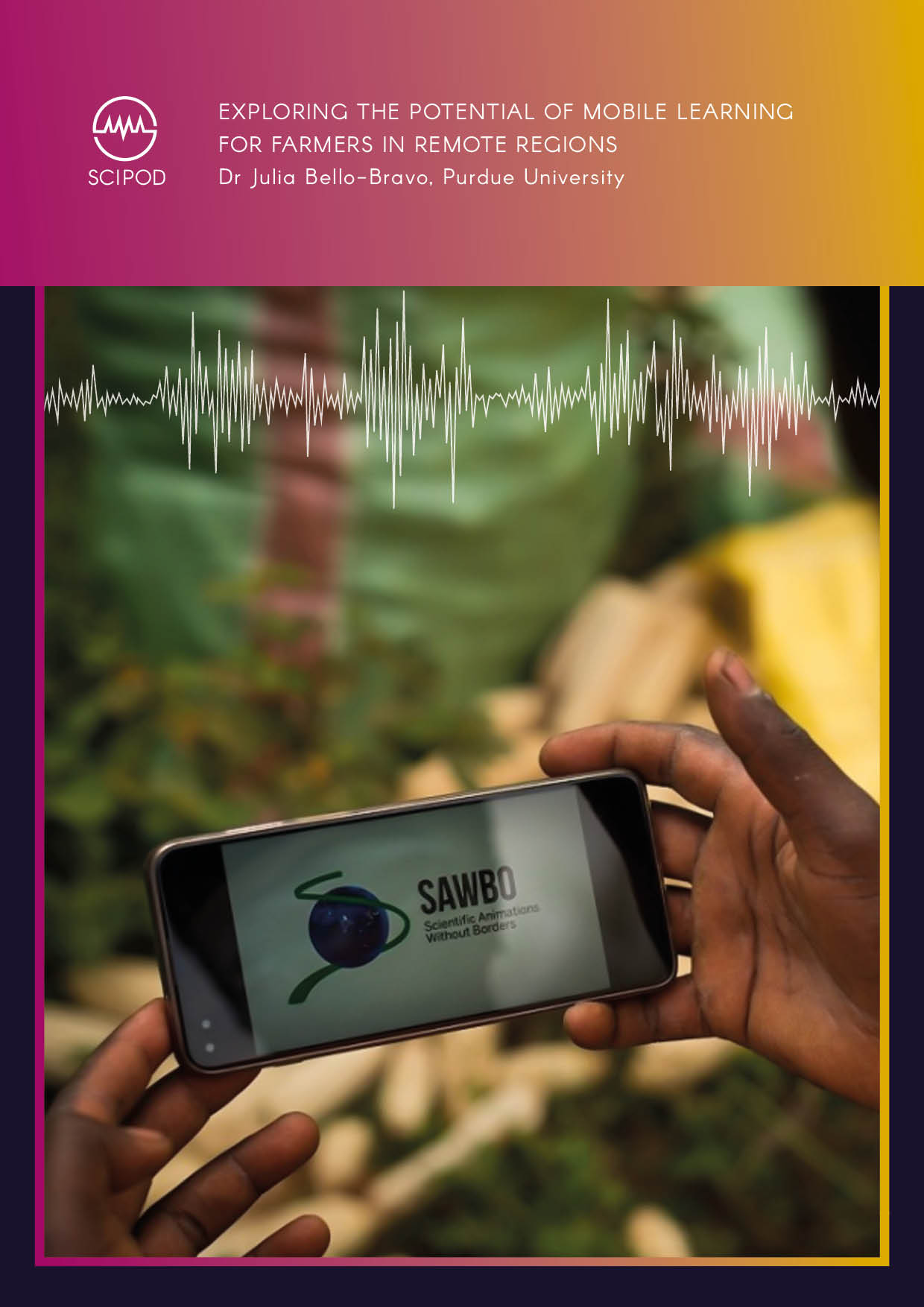
Exploring the Potential of Mobile Learning for Farmers in Remote Regions – Dr Julia Bello-Bravo, Purdue University
SciPod · Exploring the Potential of Mobile Learning for Farmers in Remote RegionsOriginal Article Reference This SciPod is a summary of the paper ‘An 89% solution...
Increase The Impact Of Your Research!
Explore partnership opportunities
Unwind without the hassle. Enjoy fresh audiobooks, delivered free!
